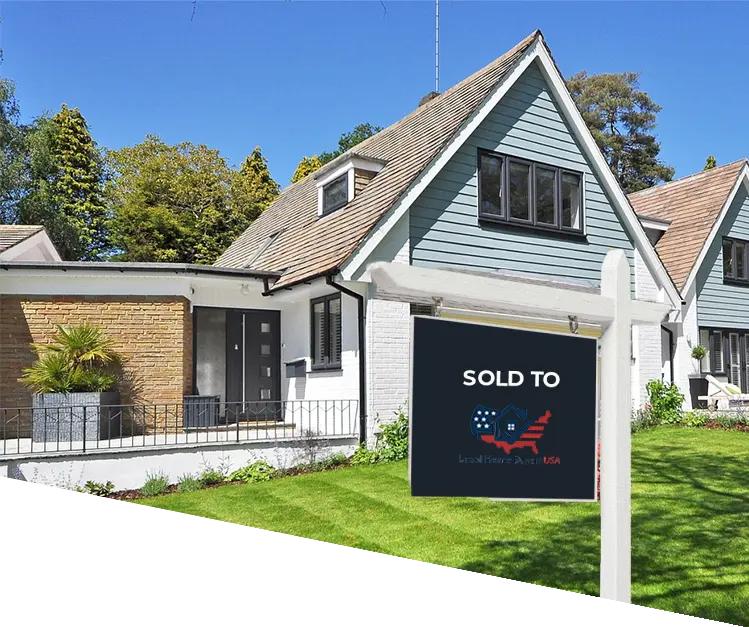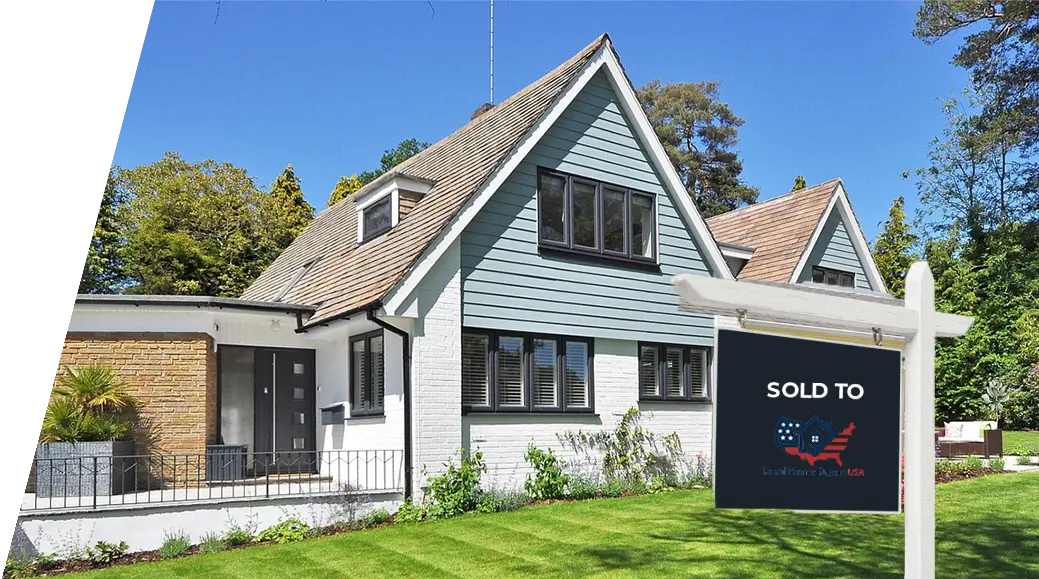2025 Monthly U.S. Real Estate Trends Tracker
Let’s call the market what it is: mortgage rates remain elevated, active inventory is rebuilding, and median days on market is stretching. Because affordability now drives offer quality, buyers are choosier; therefore, list strategies from 2021–2022 no longer clear the market as effortlessly. Nevertheless, sellers who lead with documentation, right‑size price under major search bands, and compare list‑net to a written as‑is cash offer still achieve strong outcomes. Moreover, this tracker translates monthly signals into plain‑English decisions you can use immediately.

2025 Reality Check: Higher Rates • More Inventory • Longer Timelines
1) Mortgage Rates Remain Elevated
Because financing costs are sticky, monthly payments remain high; therefore, buyers filter harder on condition, price bands, and commute. Consequently, appraisals and inspection outcomes wield more leverage than they did during the frenzy. Nevertheless, modest rate buydowns or closing credits can outperform blunt price cuts in the final net.
2) Inventory Is Rebuilding
Active listings have lifted off 2023–2024 troughs; therefore, in many metros, buyers finally have options. However, properly prepped and well‑priced homes still command attention; consequently, presentation and documentation matter more than ever.
3) Sales Take Longer
Median Days on Market (DOM) has drifted up. Nevertheless, move‑in‑ready homes under key bands still move quickly; meanwhile, as‑is properties trade fastest with transparent pricing—or via a direct cash sale that skips repairs, showings, and commissions entirely.
National Charts (Jan–Aug 2025)
Because visuals compress complex forces into a glance, start here. Nevertheless, always validate with 30–60 day local comps, DOM, and price‑to‑list ratios in your zip code. Moreover, use these trends directionally, then tailor your strategy to your neighborhood’s buyer mix.
Home Value Index (2019 = 100)
Growth is flatter than 2021–2022; consequently, prep and pricing do the heavy lifting.
30‑Year Mortgage Rate (%)
Elevated rates pinch payment‑sensitive buyers; therefore, buydowns sometimes beat price cuts.
Median Days on Market (DOM)
DOM is stretching; however, clean, move‑in‑ready listings still compress timelines.
New Listings vs Active Inventory
As active inventory rises faster than new listings, negotiation room widens.
2025 Monthly Snapshots (Through August)
We summarize each month’s inflection points—what moved, what cooled, and what to do next. When a new month closes, duplicate a card below and update the metrics.
January 2025 — Snapshot
- Home Value Index: —
- 30‑Year Rate: —
- Median DOM: —
- New vs Active: —
Although new‑year listings were modest, buyers remained payment‑sensitive. Therefore, documentation and pricing under key bands created early momentum.
February 2025 — Snapshot
- Home Value Index: —
- 30‑Year Rate: —
- Median DOM: —
- New vs Active: —
Because rates ticked up, buydown credits outperformed list‑price cuts on net. Moreover, homes with pre‑inspection packets moved faster.
March 2025 — Snapshot
- Home Value Index: —
- 30‑Year Rate: —
- Median DOM: —
- New vs Active: —
Inventory expanded, yet turnkey listings under round numbers kept velocity. Consequently, as‑is properties traded best via direct cash offers.
April 2025 — Snapshot
- Home Value Index: —
- 30‑Year Rate: —
- Median DOM: —
- New vs Active: —
Spring energy returned; however, appraisals tightened. Therefore, pricing discipline plus clean terms mattered more than list‑price bravado.
May 2025 — Snapshot
- Home Value Index: —
- 30‑Year Rate: —
- Median DOM: —
- New vs Active: —
Because inventory widened, micro‑staging and exterior refresh delivered outsized ROI. Consequently, list‑net and cash baselines converged for some sellers.
June 2025 — Snapshot
- Home Value Index: —
- 30‑Year Rate: —
- Median DOM: —
- New vs Active: —
Although showings were brisk early, later weeks favored move‑in‑ready listings. Therefore, as‑is sellers won with transparent pricing or cash exits.
July 2025 — Snapshot
- Home Value Index: —
- 30‑Year Rate: —
- Median DOM: —
- New vs Active: —
Because rates stayed sticky, buyers traded price for certainty. Consequently, credits and flexible possession outperformed steep reductions.
August 2025 — Snapshot
- Home Value Index: —
- 30‑Year Rate: —
- Median DOM: —
- New vs Active: —
Late‑summer seasonality tested pricing. Nevertheless, well‑documented homes sustained traction—especially below major thresholds.
Advanced Strategy: Seller Math, Pricing Architecture, and Risk Management
Because 2025 rewards precision, sellers who lead with math consistently outperform those who lead with headlines. Therefore, before you list, establish a written baseline cash offer, compute your list‑net, and decide how much time and uncertainty you are willing to tolerate. Moreover, pre‑negotiating concessions (e.g., rate buydown or repair credit) can preserve top‑line price while solving buyers’ payment constraints.
Document your cash number. Consequently, every decision becomes a clear spread vs. certainty.
Repairs + commissions + carrying + concessions. Therefore, evaluate net, not ask.
Short inspections, firm earnest money, and appraisal strategies reduce renegotiation risk.
Clickable U.S. Map — Go State by State
Because micro‑markets differ even within metros, click your state for local guides, cash‑offer timelines, and county‑level insights. Moreover, this tile map is pure HTML/CSS and loads instantly inside Elementor (no external scripts).
If your state hub is missing, contact us and we’ll route you directly.
Deep‑Dive Guides & Related Playbooks
To move beyond national averages, explore our state and situation guides. Because intent matters, these hubs meet sellers where they are—by location, by property condition, and by timeline.
- Nationwide Real Estate Trends 2025
- Mid‑2025 Housing Market Snapshot
- Texas Market Watch: Buyer Demographics
- Georgia Seller‑Finance Options (High Rates)
- Tired Landlord Guide — Minnesota
- Real Estate 101 — Before You Sell
- Tennessee State Hub
- Indiana State Hub
- Ohio State Hub
- North Carolina State Hub
Frequently Asked Questions
How should I use this tracker to choose a selling path?
Start with a written cash offer to set your walk‑away number. Then, compare to a realistic list‑net that includes repairs, commissions, and carrying costs. Consequently, the charts provide context while your math—grounded in documentation—decides the path.
What if my home needs significant work?
Disclose early and price transparently with bids attached. Because transparency reduces risk, serious buyers move faster; otherwise, consider an as‑is cash sale and avoid months of carrying costs and renegotiations.
Can I still win a fast sale at a fair price?
Yes. However, presentation and pricing discipline are non‑negotiable. Therefore, use professional media, package documents, and price under search bands. Moreover, keep your cash baseline handy to negotiate with conviction.
Why focus on search bands?
Because buyers filter in round‑number increments, a home at $399,900 often reaches more screens than one at $405,000. Consequently, crossing a band can expand your audience and compress DOM.
Data Sources & Resources
| Source | What It’s Good For | Link |
|---|---|---|
| Redfin Data Center | Timely trends: new listings, active inventory, DOM | Open |
| Zillow Research | Home value indices, forecasts, rental insights | Open |
| FHFA HPI | Long‑run house price index, regional detail | Open |
| FRED (St. Louis Fed) | Macro rates, mortgage series, economic context | Open |
| U.S. Census — Housing | Permits, construction, vacancy, population | Open |
| CFPB | Consumer safeguards & mortgage guidance | Open |




